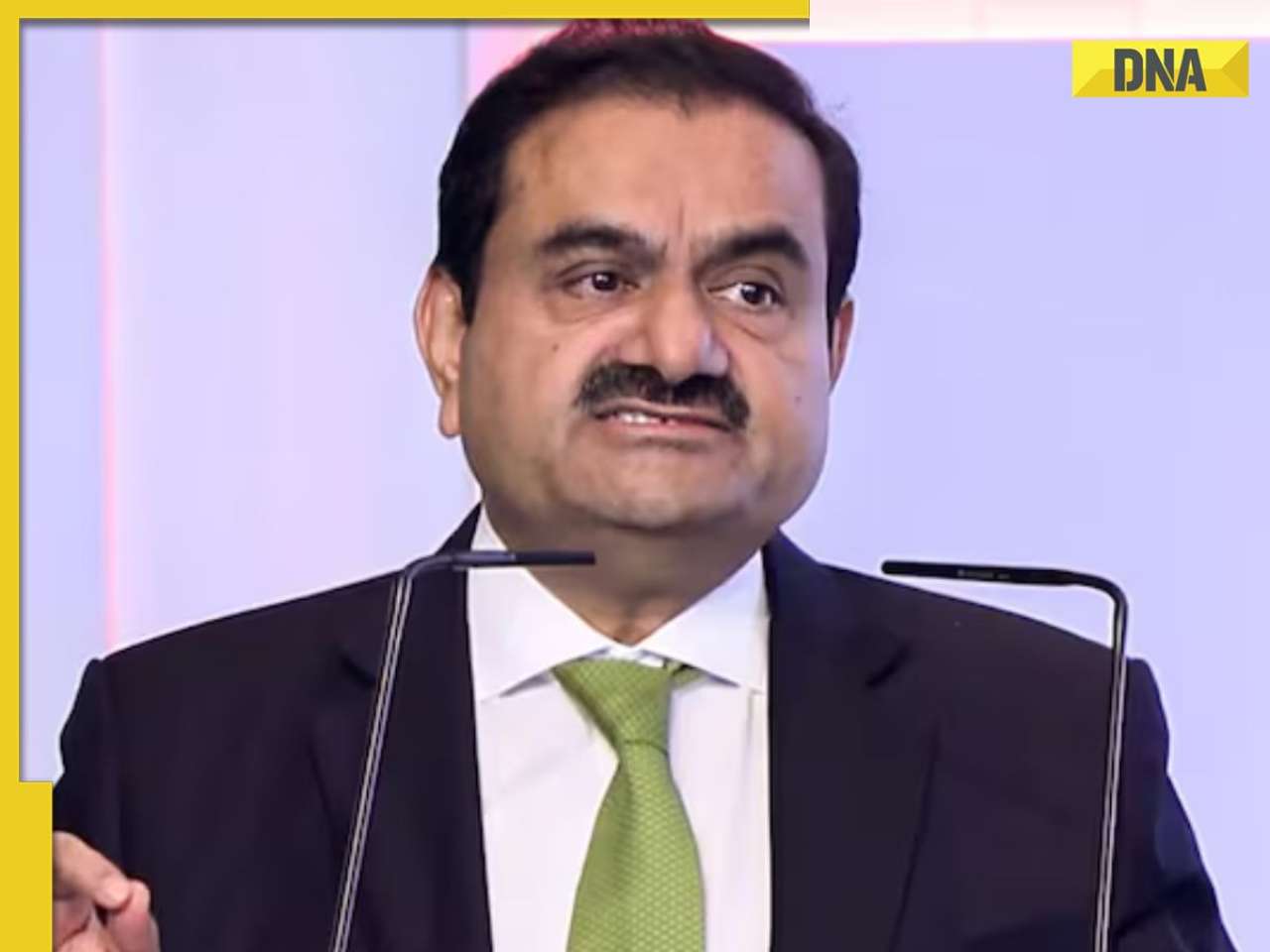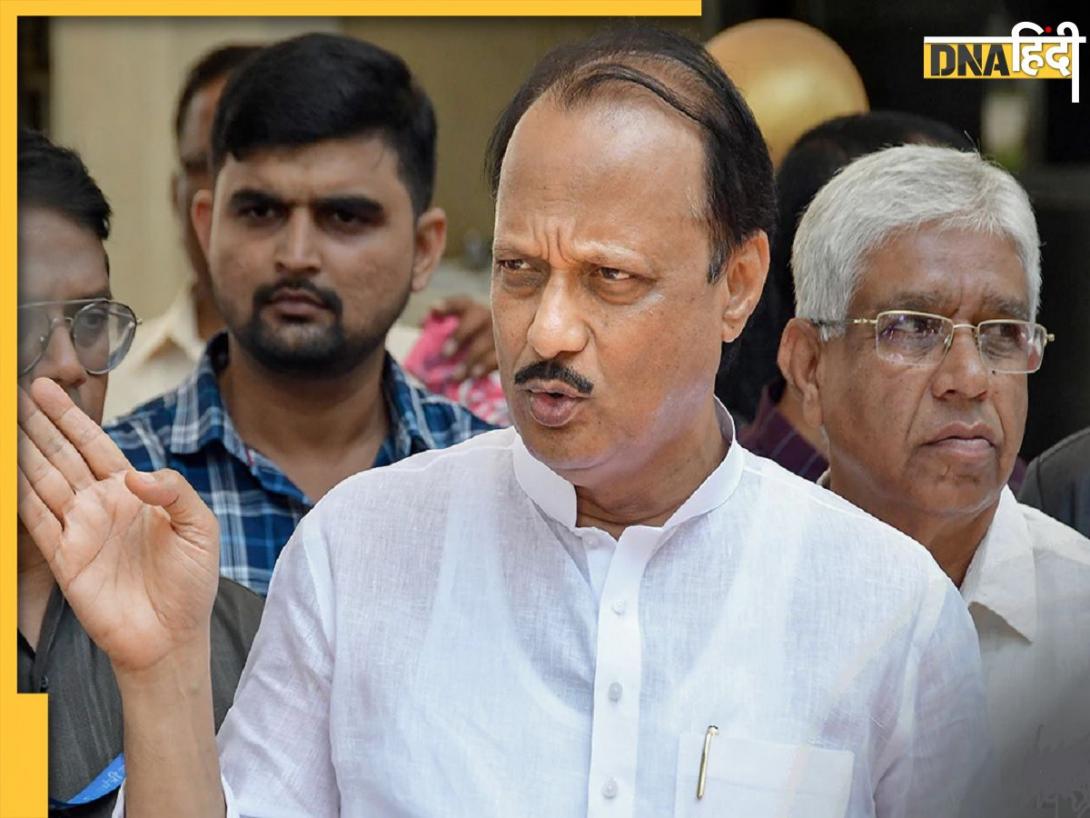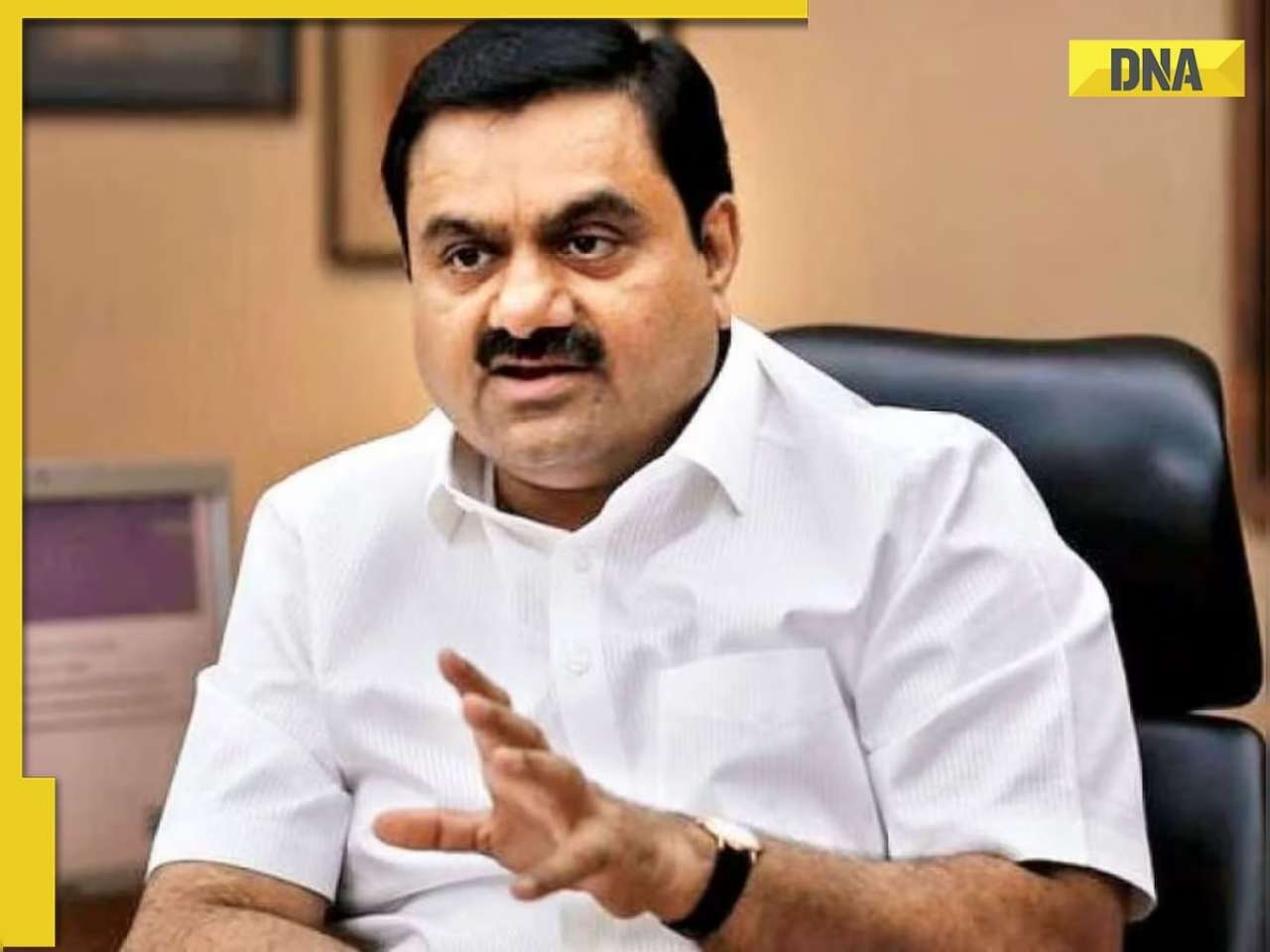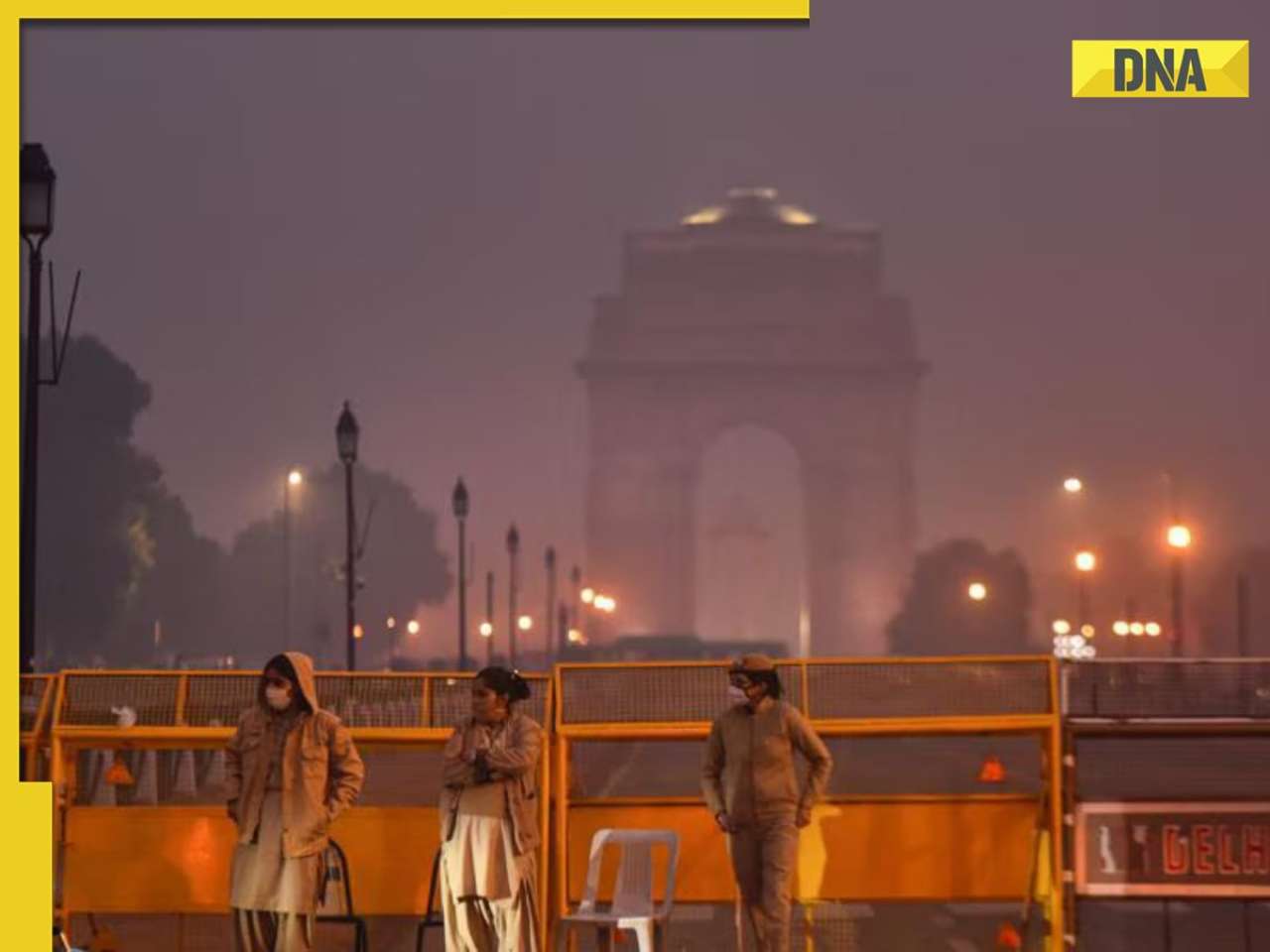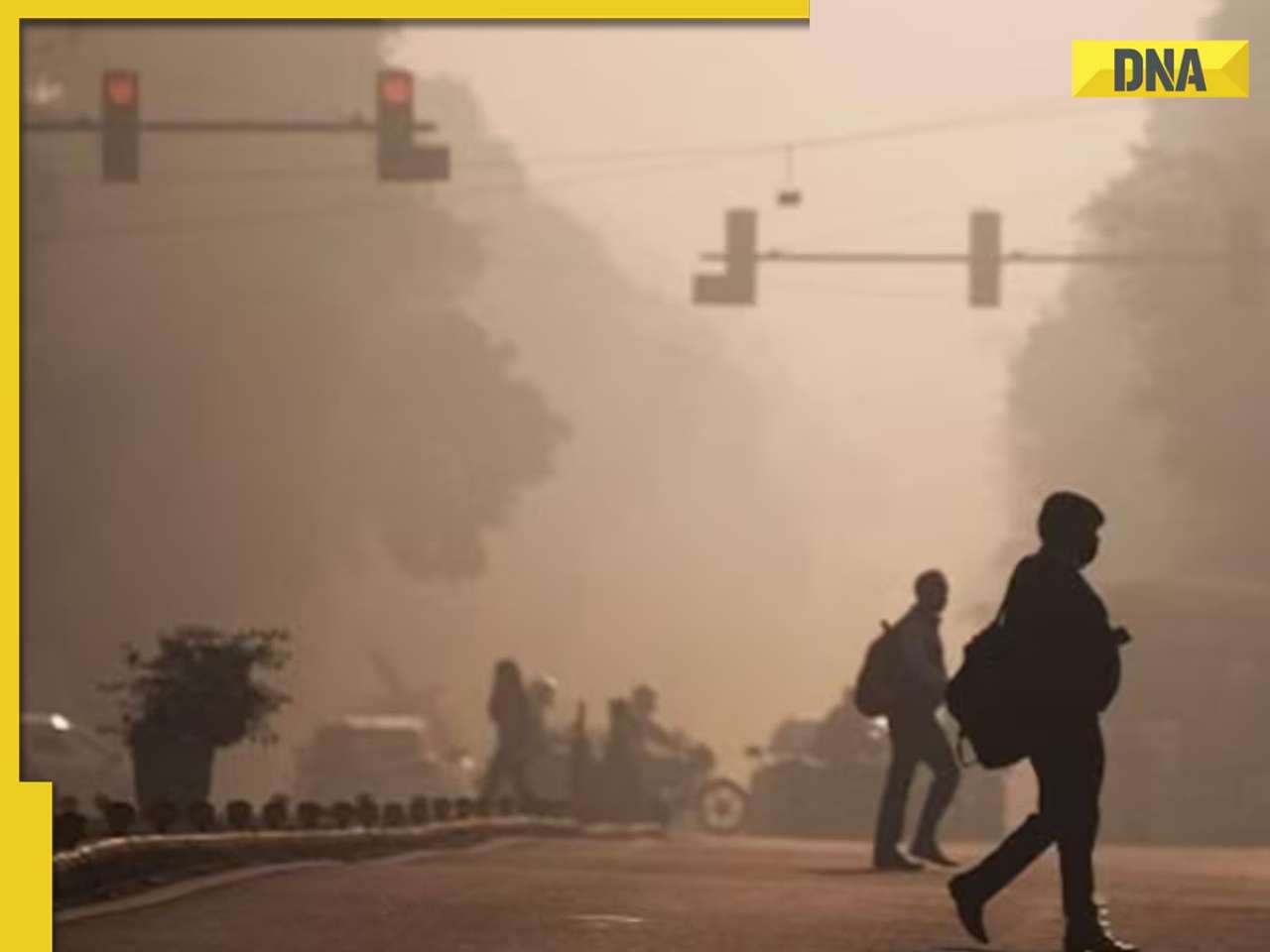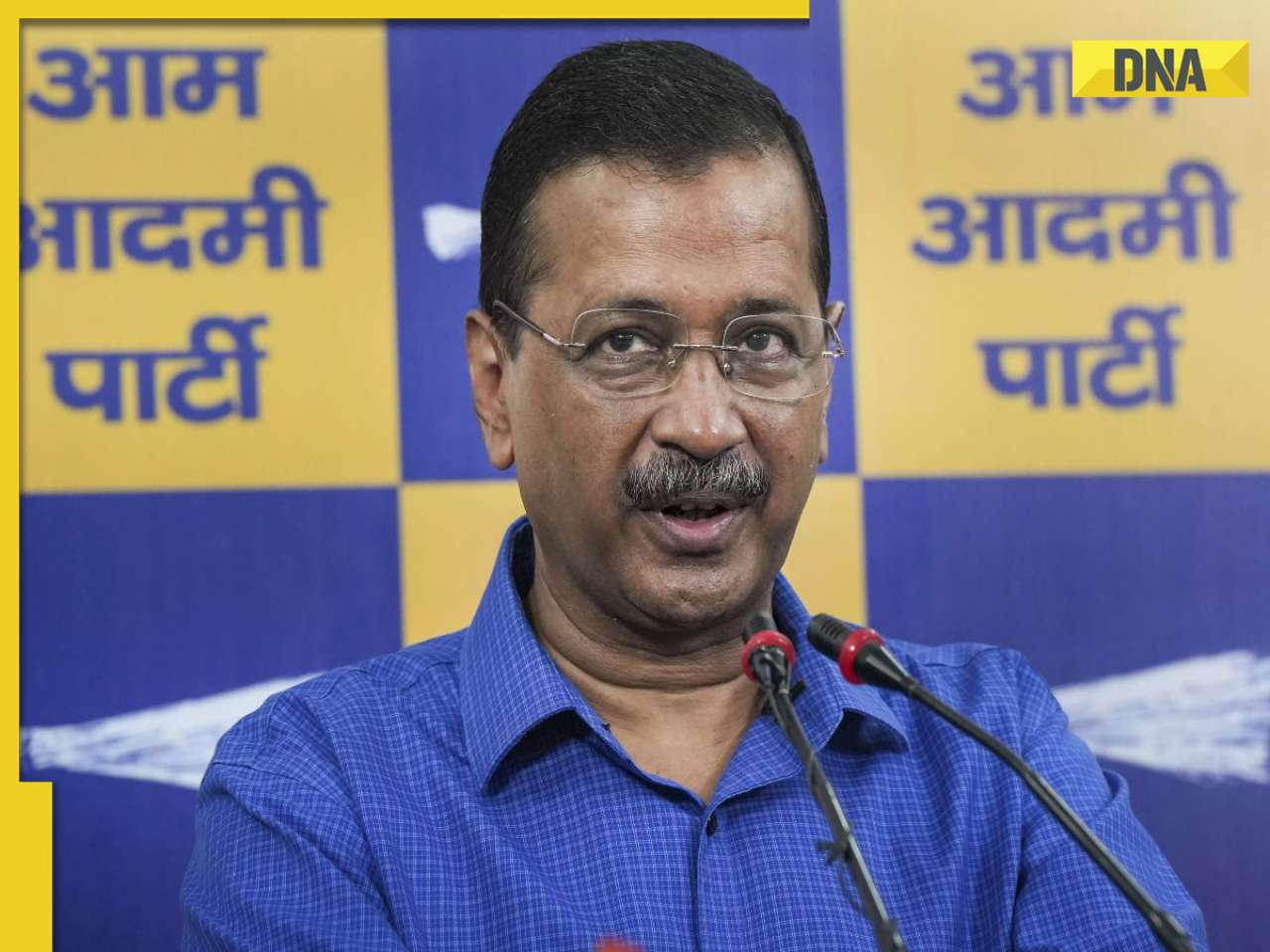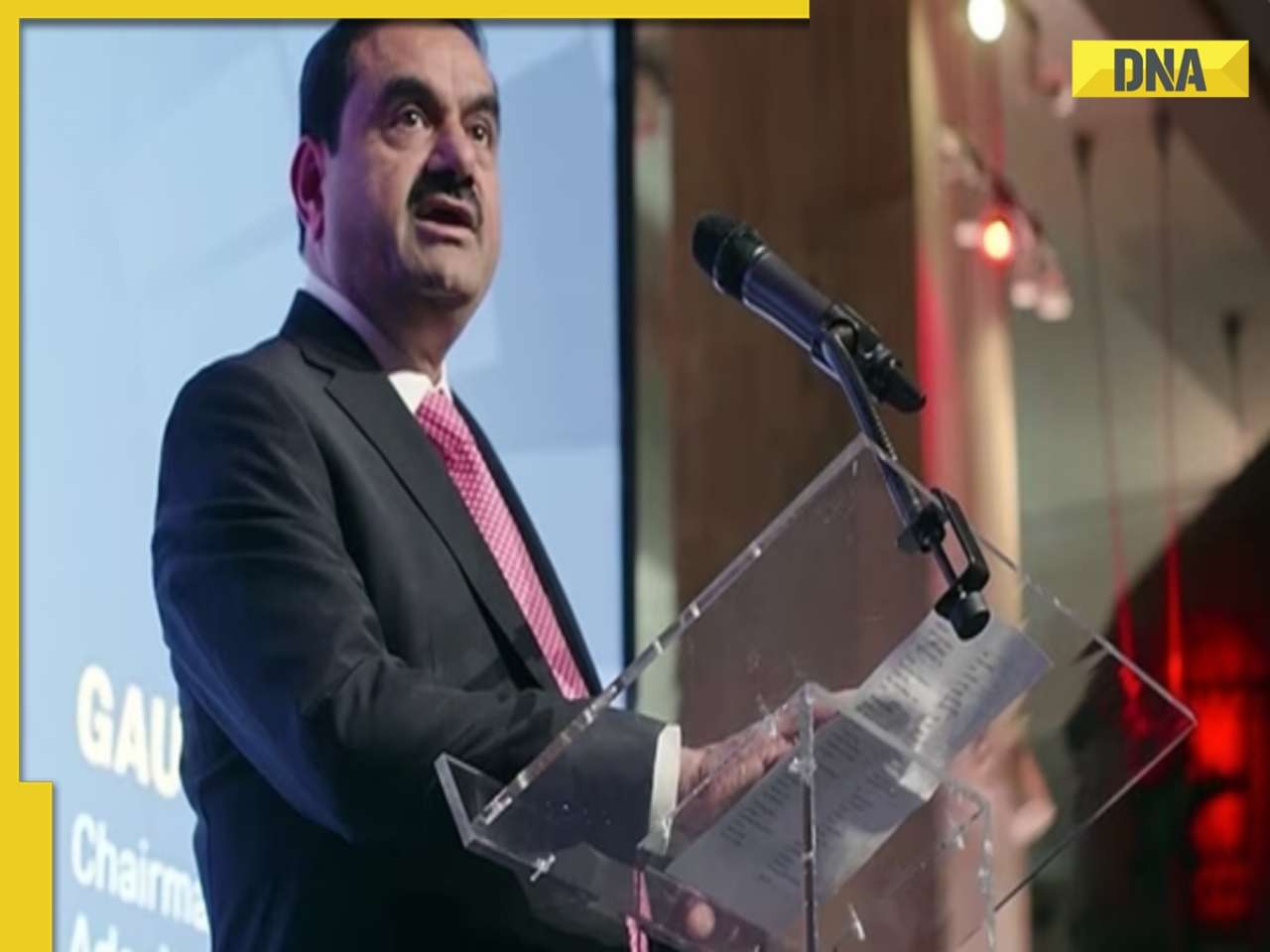- LATEST
- WEBSTORY
- TRENDING
MUMBAI
Mumbai: Infrastructure, development didn't sync speeds at Lower Parel
Around 22-25 million square feet of office space has been built in the area in the past decade. But infrastructure has not been rehauled to accommodate this change.
TRENDING NOW
In the past decade, the Lower Parel area has rapidly transitioned from a primarily industrial area to one of the most upmarket office and residential destinations in the city. Around 22-25 million square feet of office space has been built in the area in the past decade. But infrastructure has not been rehauled to accommodate this change.
Experts say a large chunk of floating population from the suburbs visits the area, mostly using the trains. However, except for an increase in the number of boogies, nothing substantial has changed in railway facilities. Entry and exits points are still the same in size and in number. Footpaths are not wide enough to accommodate burgeoning crowds.
Experts have stressed the need for upgrading British era bridges and approach roads – both widening and repairing them to withstand the increased footfall.
Limited bus routes ply in the area and there is also a need for inter-connectivity through improved network of bridges to ferry large populations from north to south and east to west suburbs of the city. The need is felt for 'feeder mini buses' that will ferry commuters from key stations –Chinchpokli, Lower Parel, Prabhadevi, Parel and Currey Road – to key office hubs. The mono-rail project, which is expected to lighten commuter load, has missed several deadlines. Public parking is also an issue.
Activists say abject neglect of pro-people policies is responsible for this developmental decay. "Higher FSI (Floor Space Index) and TDR (Transfer of Development Rights) were awarded indiscriminately," says social activist Prakash Reddy, "connectivity was ignored and public transport was destroyed. Elphinstone stampede was a case-in-point of how profiteering took precedence over larger public welfare."
"We keep hearing about big ticket infrastructure projects, however the slow speed of implementation is worrisome," said Ghulam Zia, executive director at Knight Frank, a real estate consultancy. "Around 20 new projects of 60 storeyed apartments are coming up. Once all these are fully occupied it is going to be problematic. We are waiting for a disaster."
"Lower Parel carries the footfalls of a gargantuan mass of office-goers, shoppers and small business owners every day - including, thanks to its considerable retail component — on weekends," points out Anuj Puri, chairman of ANAROCK Property Consultants, "It is therefore one of the few office areas which never sees respite. If we apply nothing more than Murphy's Law, the massive resultant overcrowding and the lack of sufficient support infrastructure poses a perennially ripe recipe for systemic breakdowns."
"Infrastructure for new growth centres has not been commensurate with the area's development. Therefore, there is in an urgent need for timely expansion of infrastructure," urged National Real Estate Development Council chairman Niranjan Hiranandani.
"It has witnessed growth in residential and commercial complexes with more footfall. The infrastructure connectivity can be further improved with the application of a new technologies available," said Mayur Shah, President CREDAI-MCHI.
Uneven Growth
- Approx 22-25 million sqft of office space has been built in the past 10 years
- However, no change in railway facilities apart from increase in boogies
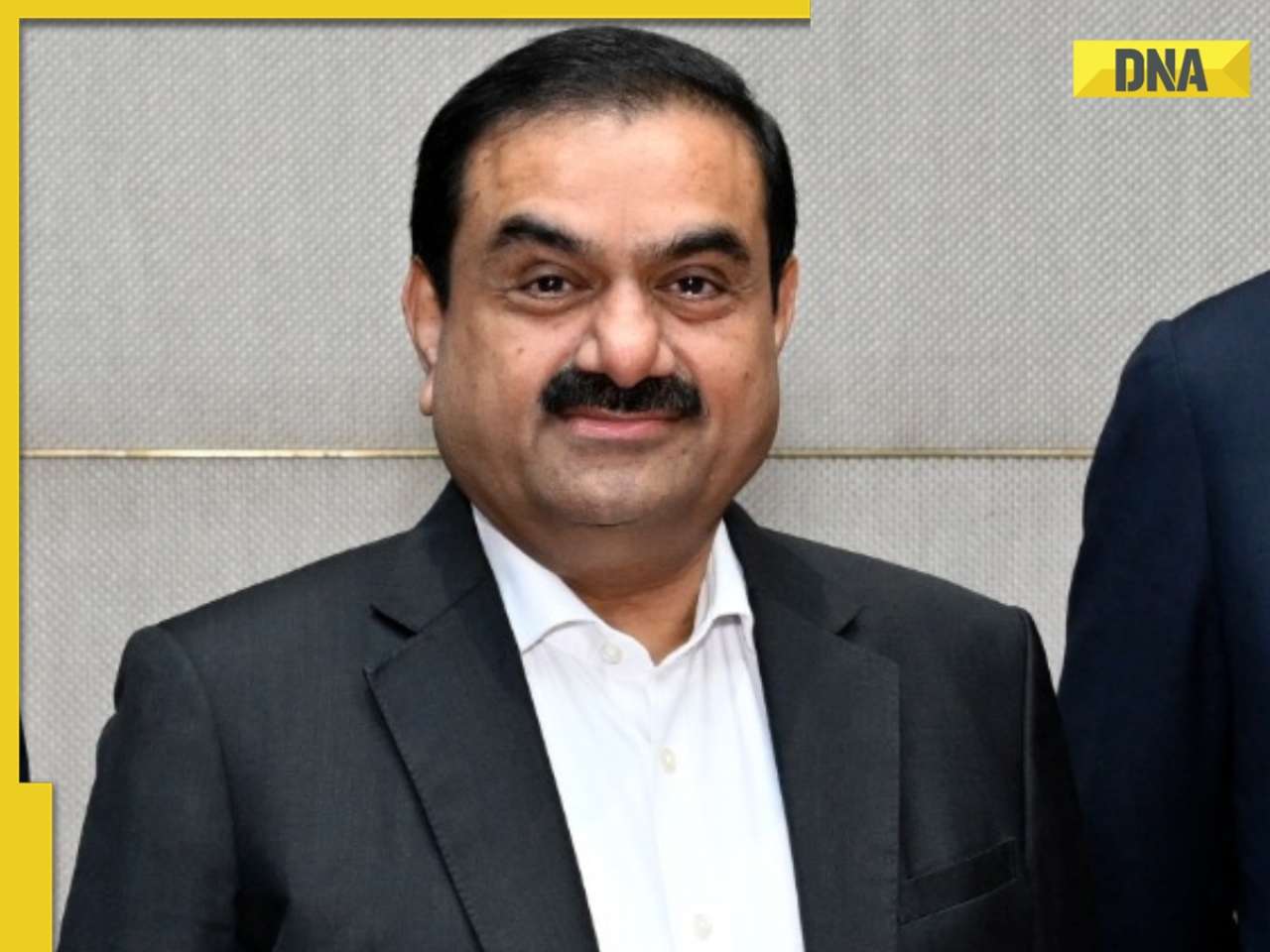






)
)
)
)
)
)
)
)
)
)
)
)
)
)
)
)






